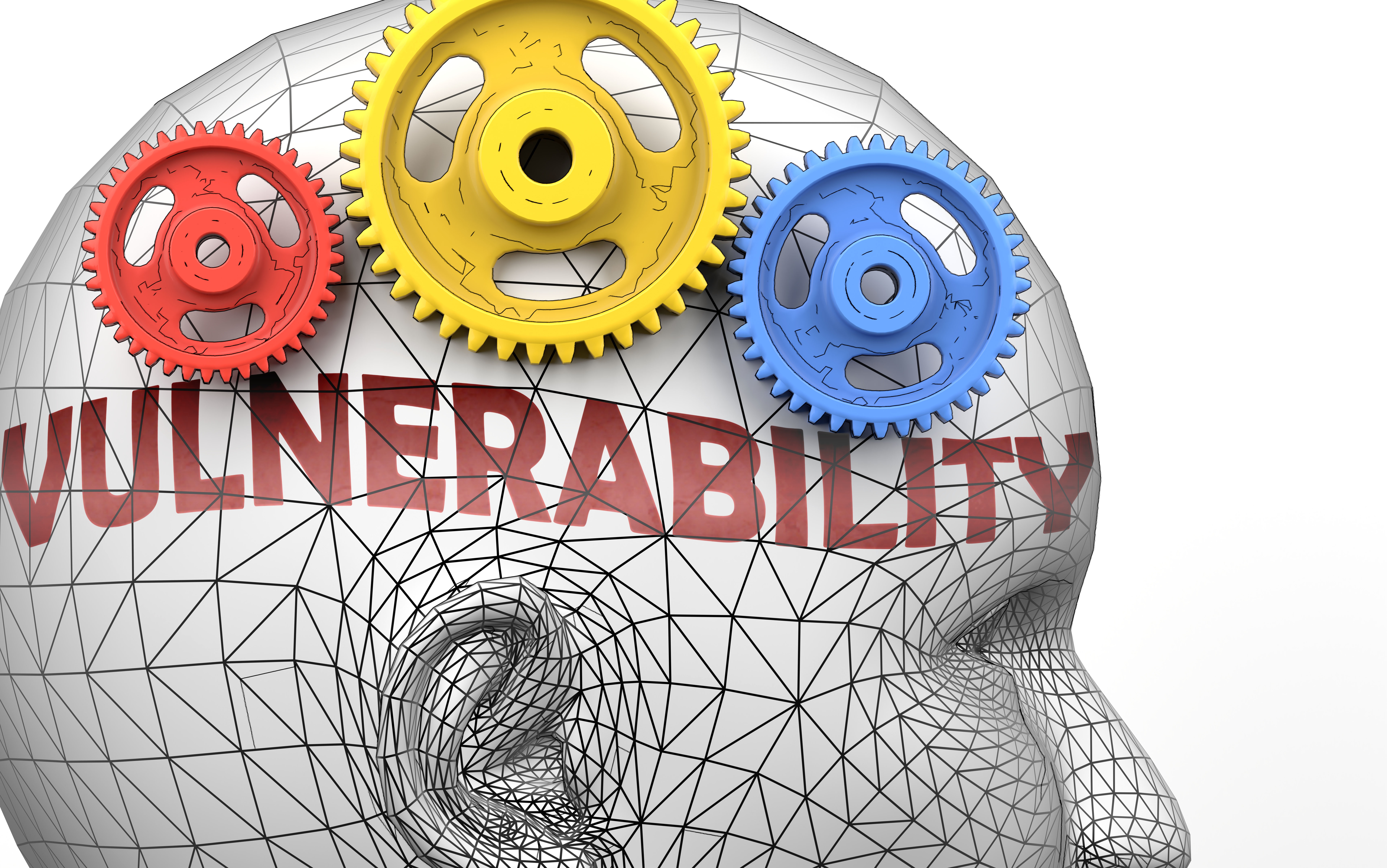Personal characteristics
Personal characteristics can determine who will develop PTSD following exposure to trauma. Characteristics include age, sex, personality traits, social factors, and cognitive and psychological factors that impact on levels of resilience. Click on the tabs below or navigate through the topics via the drop-down menu on the left.
Image: ©GoodIdeas – stock.adobe.com

Age
How is age related to risk of PTSD? Personal characteristics, such as age, can influence one’s degree of risk for developing post-traumatic stress disorder. How such personal characteristics may affect the development of PTSD would be influenced by other personal characteristics as well as differences in the trauma experience itself. What is the evidence for effects of age on risk for PTSD? Moderate to high quality evidence found small associations between younger age and more PTSD symptoms in women following childbirth, and in professionals indirectly exposed to trauma through their therapeutic work with trauma victims. Moderate quality evidence found small…

Cognitive and psychological factors
How are cognitive and psychological factors related to risk of PTSD? Personal characteristics, such as cognitive and psychological factors, can influence one’s degree of risk for developing PTSD. How such personal characteristics may affect the development of PTSD would be influenced by other personal characteristics as well as differences in the trauma experience itself. What is the evidence for cognitive and psychological factors on risk for PTSD? Moderate quality evidence found shorter post-trauma amnesia and more memory of the traumatic event in people with a traumatic brain injury were associated with increased risk of PTSD. There were also associations between…

Education
How is education related to risk for PTSD? Personal characteristics, such as level of education, can influence one’s degree of risk for developing post-traumatic stress disorder. How such personal characteristics may affect the development of PTSD would be influenced by other personal characteristics as well as differences in the trauma experience itself. What is the evidence for education and risk for PTSD? Moderate to high quality evidence found a small effect of fewer years of education increased the risk of PTSD in women following childbirth. Moderate to low quality evidence found having more years at school was associated with more…

Ethnicity
How is ethnicity related to risk for PTSD? Personal characteristics can influence one’s degree of risk for developing PTSD. How such personal characteristics may effect the development of PTSD would be influenced by other personal characteristics as well as differences in the trauma experience itself. What is the evidence for ethnicity and risk for PTSD? Moderate to high quality evidence found a small association between increased risk of PTSD following childbirth in White vs. other participants. Moderate to low quality evidence found a small association between increased PTSD symptoms following Hurricane Katrina and increased minority ethnicity. Moderate quality evidence found…

Family and social factors
How are family and social factors related to risk for PTSD? Personal characteristics, such as family factors, can influence one’s degree of risk for developing PTSD. How such personal characteristics may affect the development of PTSD would be influenced by other personal characteristics as well as differences in the trauma experience itself. What is the evidence on family and social factors on risk for PTSD? Moderate to low quality found small increases in rates of PTSD following earthquakes in adults with low vs. high SES, low vs. high employment, and low vs. high social support. This quality evidence also found…

Personality and temperament
How are personality and temperament related to risk of PTSD? Personality and temperament are thought to be relatively stable over time. One of the main personality models includes five traits of; 1) neuroticism: vulnerability to emotional instability and self-consciousness, 2) extraversion: predisposition towards sociability, assertiveness, and social interaction, 3) openness: cognitive disposition to new experiences, creativity, and aesthetics, 4) agreeableness: tendency towards being sympathetic, trusting, and altruistic, and 5) conscientiousness: tendency towards dutifulness and competence. A maladaptive combination of personality and temperament traits may constitute a risk factor for the development of psychological dysfunctions. Moreover, temperament traits are considered one…

Previous trauma exposure
How are previous trauma exposures related to PTSD? Personal characteristics can influence one’s degree of risk for developing PTSD following a new trauma exposure. This includes having previous trauma exposures. How personal characteristics affect the development of PTSD would be influenced by other personal characteristics, as well as differences in the trauma experience itself. What is the evidence regarding having multiple trauma exposures and risk for PTSD? Moderate to high quality evidence found small to medium-sized associations between having a history of trauma or a history of PTSD and increased PTSD symptoms following childbirth. High quality evidence found a small…

Sex
How does female sex increase risk for PTSD? Personal characteristics, including gender, can influence one’s degree of risk for developing PTSD. How such personal characteristics may affect the development of PTSD would be influenced by other personal characteristics as well as differences in the trauma experience itself. What is the evidence for effects of sex on risk for PTSD? Overall, the risk of PTSD following exposure to any trauma was higher for females than for males. This has been observed in both adults and children. The quality of this evidence is generally moderate to high. For children and adolescents, there…
Green - Topic summary is available.
Orange - Topic summary is being compiled.
Red - Topic summary has no current systematic review available.
